Monty Don shares his top tips for planting bare root trees – but do it now, before it's too late
Follow this expert advice for planting bare root trees from the celebrity gardener for stronger, healthier plants
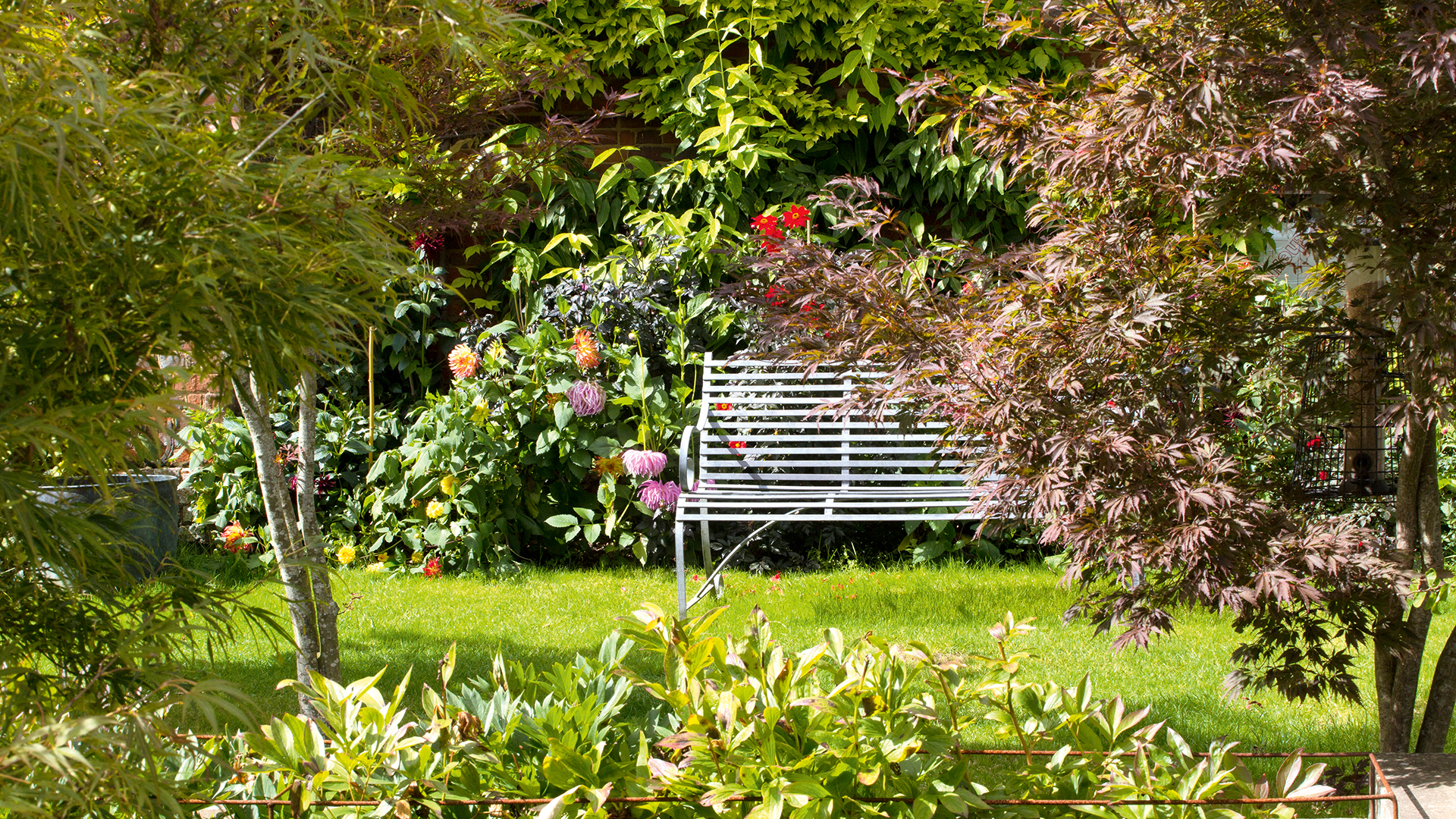

Spring feels like the ideal time to put down new roots and plant trees in your garden. But if you are considering planting bare root trees this year, then get them in quick, as the planting season will soon be over. Thankfully, celebrated gardener Monty Don has the definitive advice for planting bare root trees, so there’s no need to delay.
See: Monty Don reveals the benefits of planting bare root roses
As their name suggests, bare root trees have no soil at their roots, and have been dug up from the ground while dormant. They might look barren in their inactive state, but will soon spring back to life after planting.
They have several benefits over potted trees, too. ‘Bare root trees tend to be cheaper and better quality,’ says Don in his book The Complete Gardener.
- See: How to grow tomatoes - the best ways to grow your own tomato plants
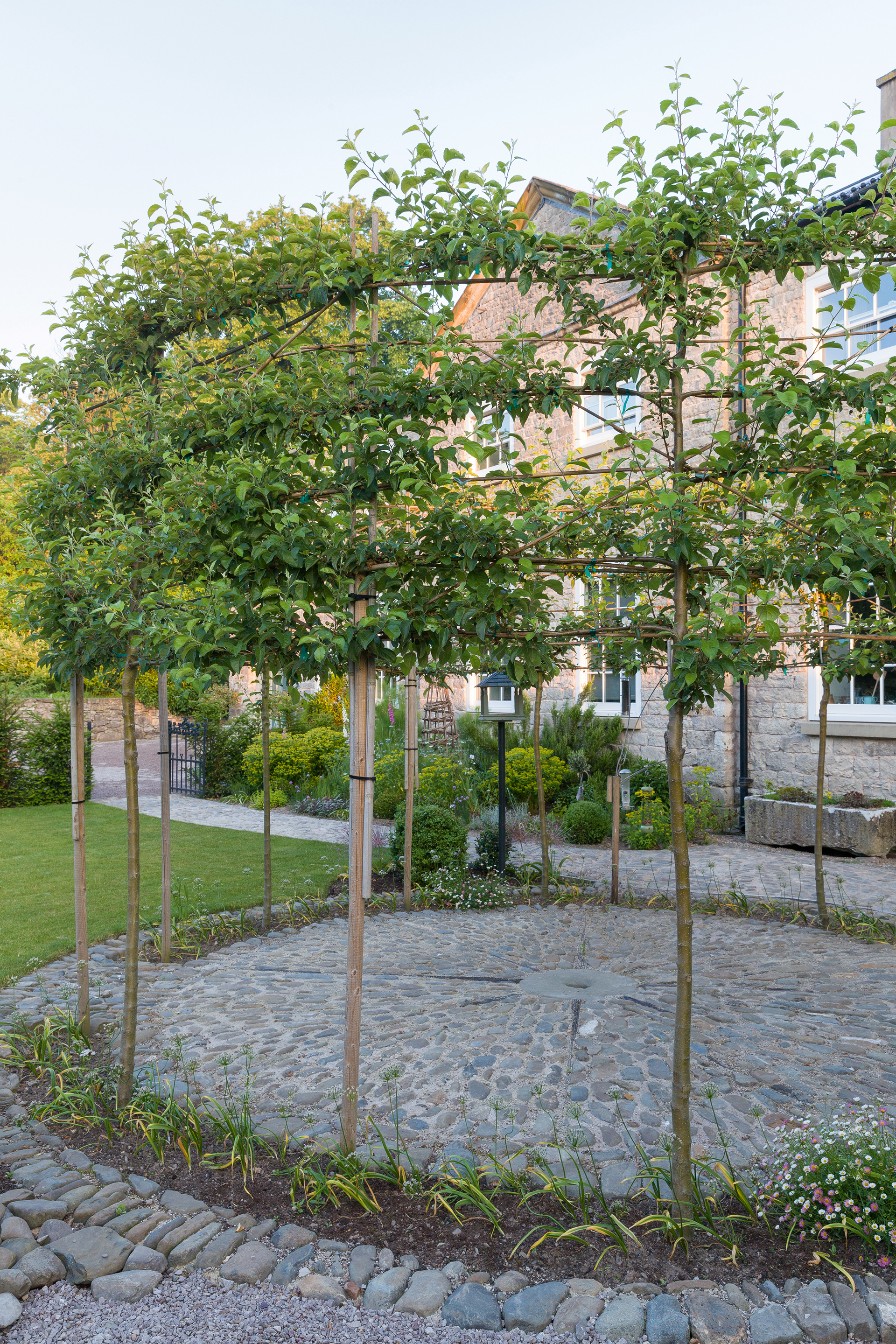
Traditionally the season for planting bare root trees starts in the fall and extends well into April, but it’s risky to leave planting until the last minute, as once the weather warms up and plants come into full leaf, it’s too late.
Alternatively, potted trees can be planted at any time, but will need less watering if done in fall or winter.
Don offers a helpful demonstration of his expert planting technique on a bare root hornbeam in an episode of BBC’s Gardener’s World – though the advice is the same for any tree species.
Sign up to the Homes & Gardens newsletter
Design expertise in your inbox – from inspiring decorating ideas and beautiful celebrity homes to practical gardening advice and shopping round-ups.
He reveals that the first rule of planting bare root trees, is never to expose their roots to the air – ‘because literally within a minute they’ll start to dry out'.
See: Monty Don's tips on getting the perfect lawn
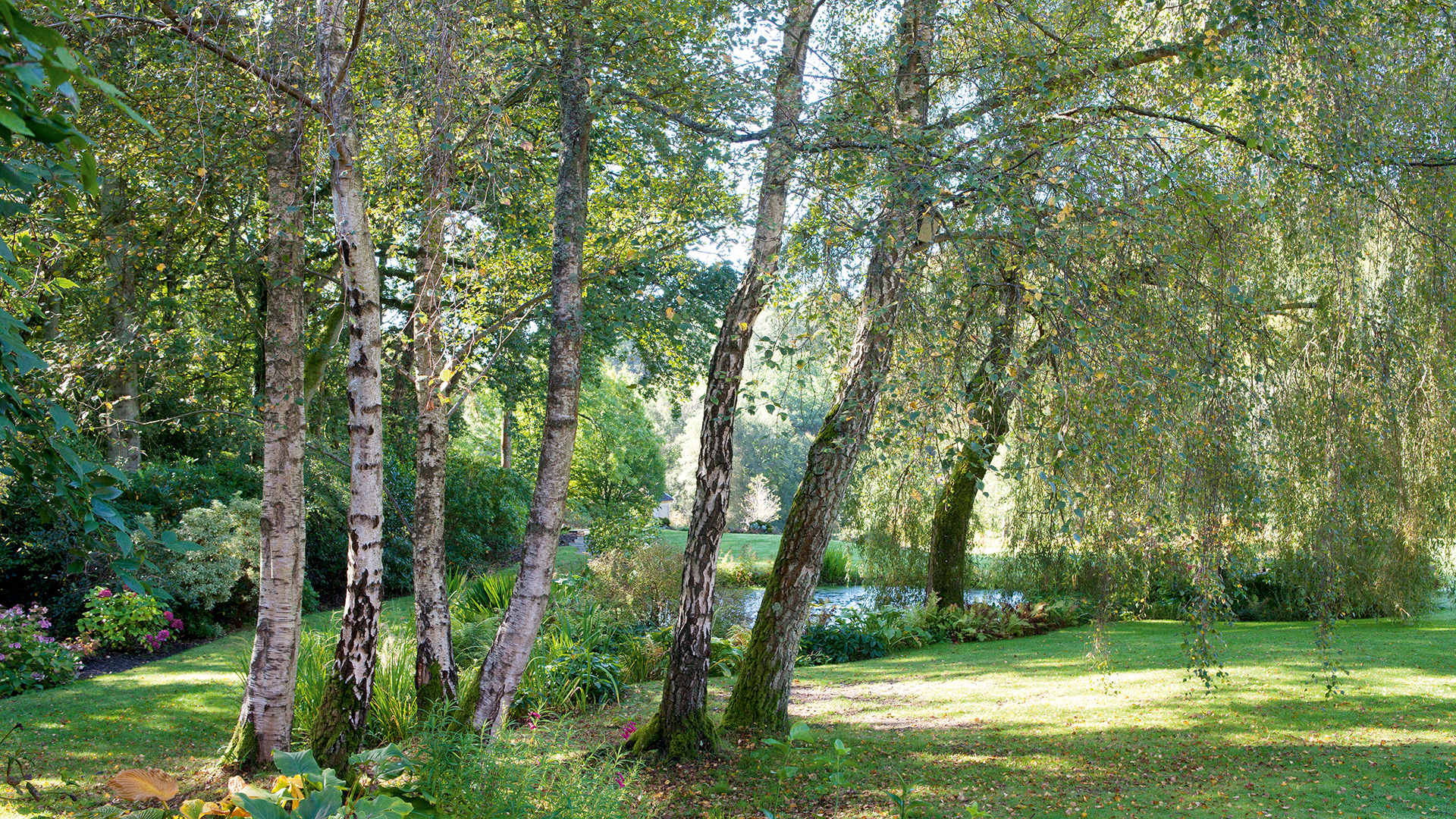
Don adds to this in The Complete Gardener, explaining that he uses a soaked hessian sack to cover the roots and, before planting, soaks them in water for at least 10 minutes.
While your tree is soaking, you can get on with digging the hole. ‘A big mistake when you’re planting trees is to bury them too deep,’ he says in his demonstration, advising to dig ‘a wide hole, but not a deep one’. Aim for roughly twice the spread of the roots, and around a spade’s depth.
Don also warns against forking up the earth underneath where the tree will sit – and never adds manure to the hole. ‘What happens is, the compost or manure collapses down, the hole settles and you get this sump – and then all the moisture goes in, it collapses down and will drown,’ he explains.
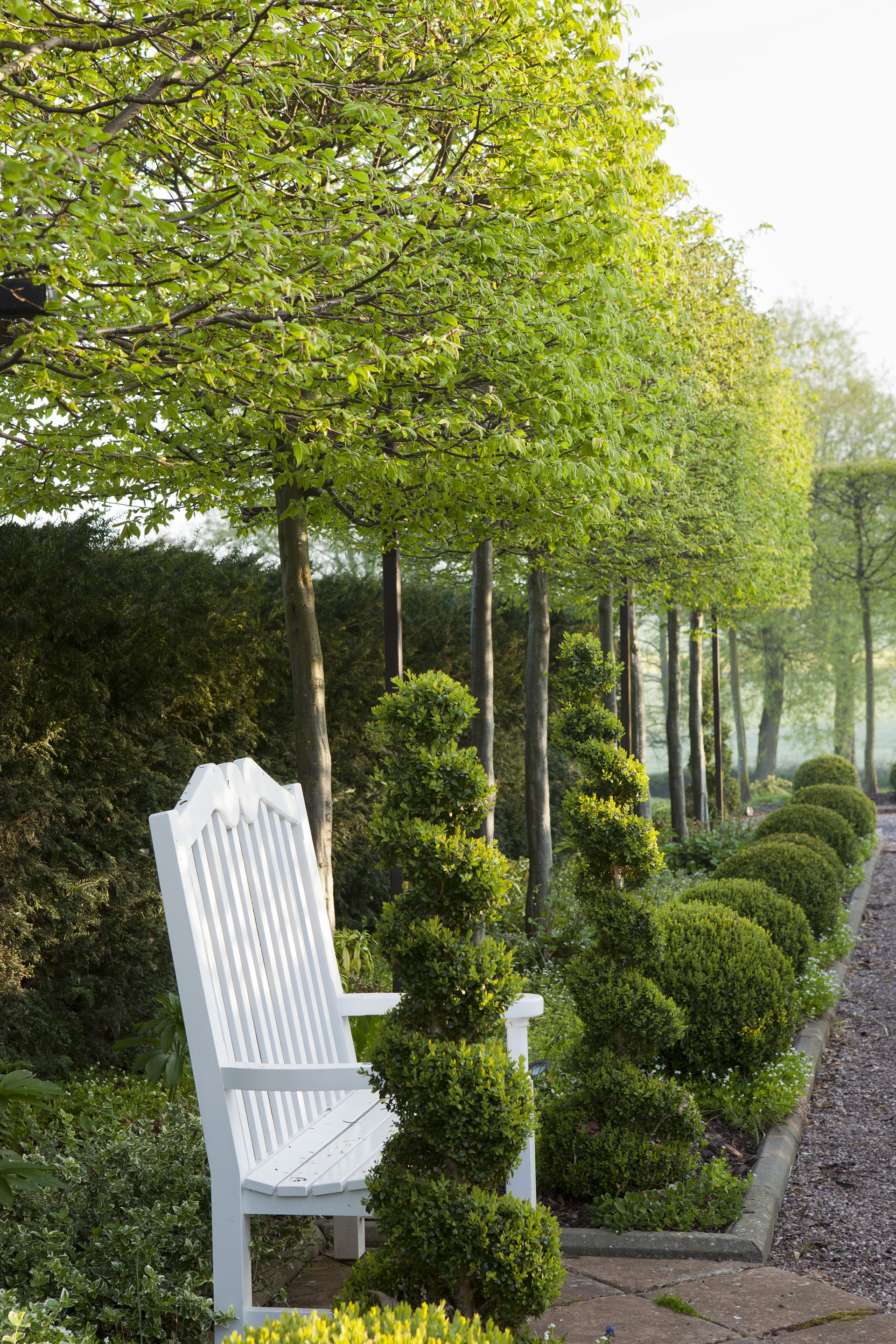
Instead of digging over the ground, he just uses his fork to ‘tease’ the soil, lightly loosening the bottom and sides of the hole so that there’s some drainage. He also removes stones, which can impede the roots.
When you are ready to plant your tree, gently place it into the hole and spread the roots out over the soil. ‘Immediately fill round the roots with top soil, and as you do so just lift it slightly and shake it, because we want to work it into all the crevices,’ says Don.
Next, holding the tree in position, he firms it down from the outside using his heel, taking care not to bury the stem at all – ‘because we want it to sit on a little cone’, he says.
See: Thriller, spiller, filler – the gardening experts' secret for creating show-stopping containers
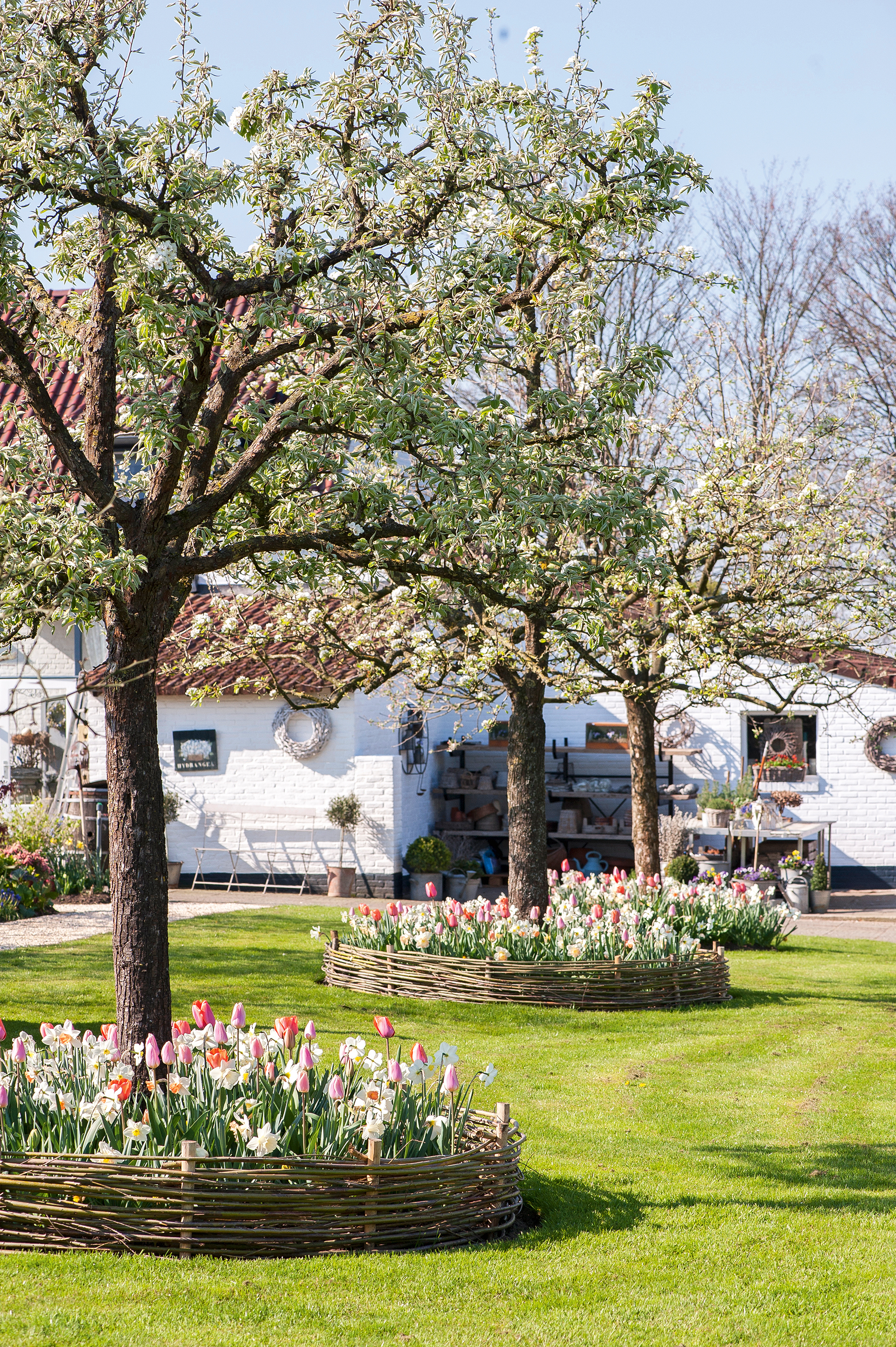
Don expands on the concept of creating a 'cone' in The Complete Gardener, explaining that ‘trees planted on a slight mound develop much deeper, wider and stronger root systems than those planted in a slight basin, so they are much less likely to be blown over by strong winds.’
He recommends staking trees for around three years, showing his technique in his video. He adds the stake at 45° into the wind – ‘it could be nice and low' – and ties it securely.
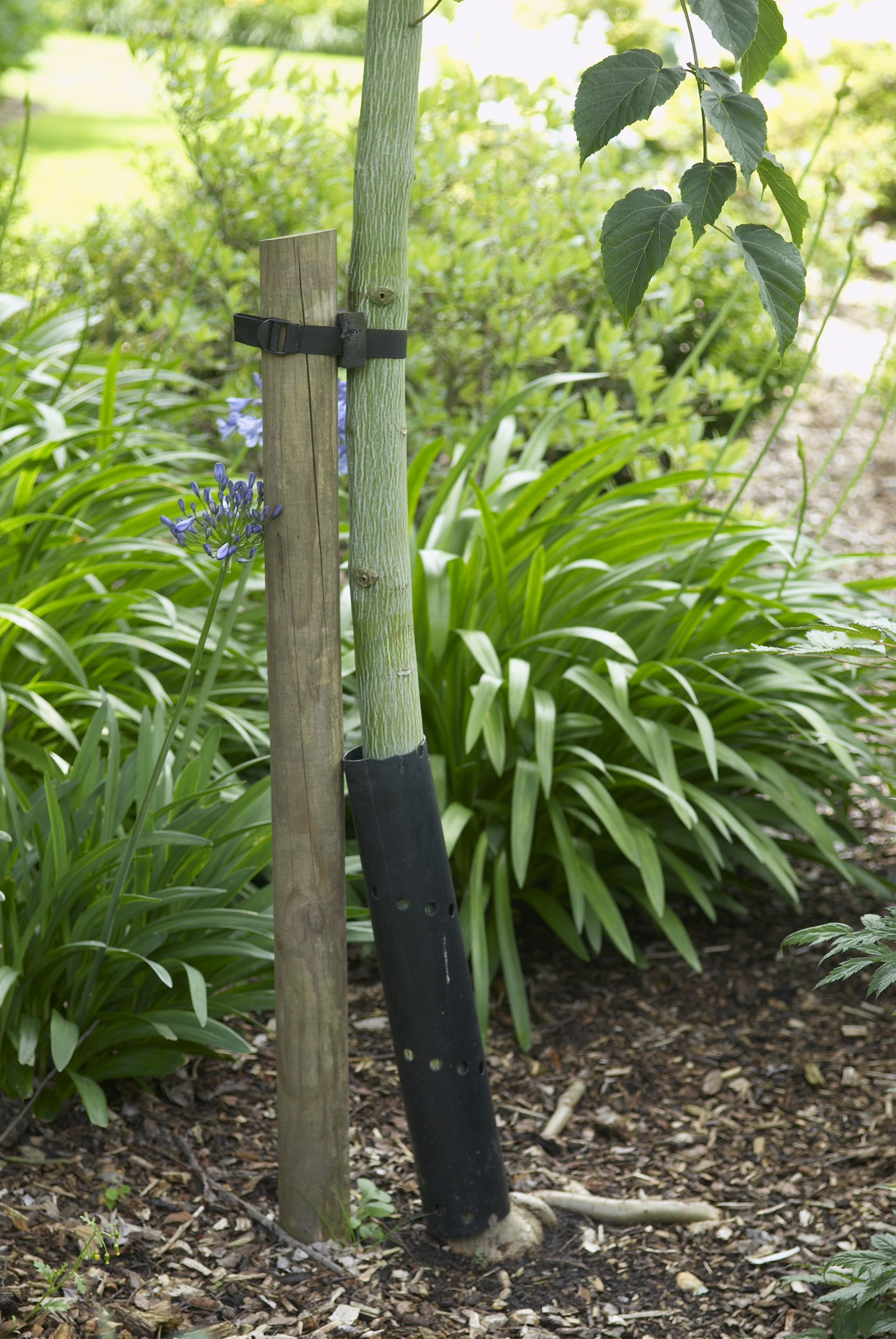
Finally, whatever the weather, Don advises to give the tree a really good soak, then follow with mulching. ‘Now this is where you do put your organic material – not under the roots, but above them. Give it a really good mulch.’ This will suppress competition from weeds and grass.
Maintain your tree by watering monthly for the first year or so, pruning in the dormant season, and mulching annually in the spring.

Melanie has worked in homes and gardens media for two decades. Having previously served as Editor on Period Living magazine, and worked on Homes & Gardens, Gardening Etc, Real Homes, and Homebuilding & Renovating, she is now focusing on her passion for gardening as a Senior Editor at Gardening Know How. As a keen home grower, Melanie has experimented with pretty much every type of vegetable at some point – with mixed results. Often it is the simplest things that elude you, which may explain why she just can't seem to master zucchinis.
-
 Extend the lifespan of your appliance with 5 simple but crucial washing machine maintenance tips
Extend the lifespan of your appliance with 5 simple but crucial washing machine maintenance tipsFrom cleaning the filters to keeping the door open, experts reveal the washer tips they swear by
By Andy van Terheyden Published
-
 These are the 6 must-have colors to decorate with in April 2025
These are the 6 must-have colors to decorate with in April 2025What do retro-inspired yellows and beautiful blues all have in common? They're on our hot list for the season ahead
By Sophia Pouget de St Victor Published
-
 Water garden ideas – 9 ways to introduce soothing water to your outdoor space
Water garden ideas – 9 ways to introduce soothing water to your outdoor spaceFrom cascading fountains to wildlife ponds, there are plenty of ways to create a tranquil water garden
By Leigh Clapp Published
-
 How to grow poppies
How to grow poppiesFind out how to grow poppies to enjoy the beauty of these brightly colored tissue paper-like blooms
By Leigh Clapp Published
-
 How to grow delphiniums from seed
How to grow delphiniums from seedFind out how to grow delphiniums from seed and enjoy these colorful cottage garden favorites filling beds and borders
By Leigh Clapp Published
-
 How to grow ferns – when and how to plant and care for them
How to grow ferns – when and how to plant and care for themLearn how to grow ferns to enjoy the texture and form of these versatile plants in many areas of your garden
By Leigh Clapp Published
-
 How to grow sweet peas from seed – in borders and pots
How to grow sweet peas from seed – in borders and potsFind out how to grow sweet peas and where to enjoy their wonderful color, ruffled blooms and sweet fragrance in your garden
By Pippa Blenkinsop Published
-
 How to make fat balls for birds – easy steps feed our feathered friends
How to make fat balls for birds – easy steps feed our feathered friendsLearn how to make fat balls for birds to ensure their wellbeing throughout the winter
By Holly Reaney Published
-
 Planning a kitchen garden – from layouts to picking the best crops
Planning a kitchen garden – from layouts to picking the best cropsPlanning a kitchen garden is easy with this expert advice – whether yours is in beds, borders or a dedicated patch – you're guaranteed success
By Leigh Clapp Published
-
 How to grow cosmos – expert tips on when and where to plant these flowers
How to grow cosmos – expert tips on when and where to plant these flowersLearn how to grow cosmos to add bright color in your garden from summer through to fall with their beautiful blooms
By Leigh Clapp Published